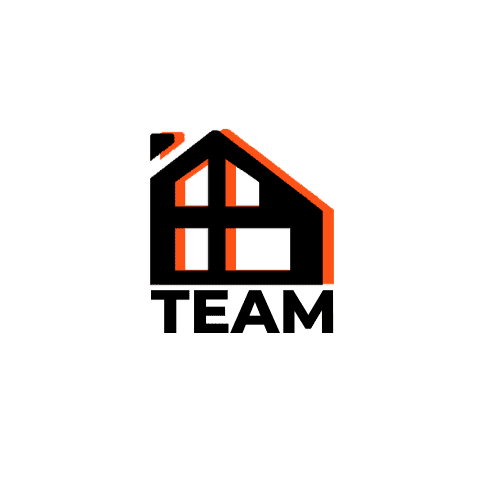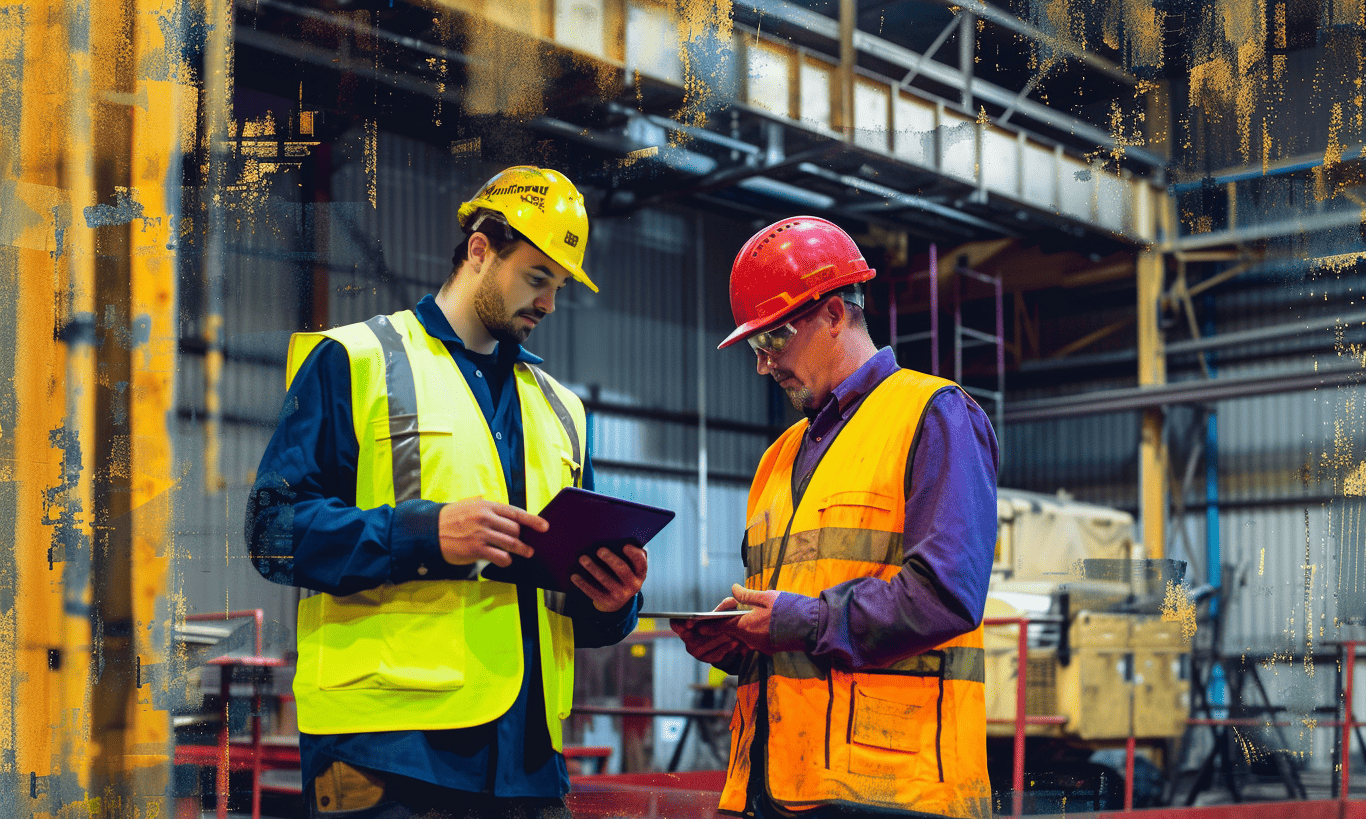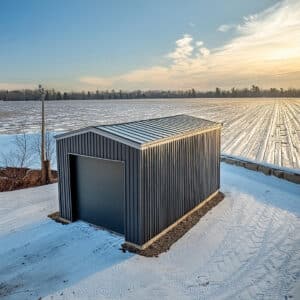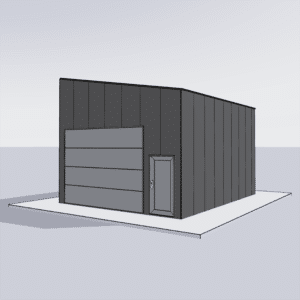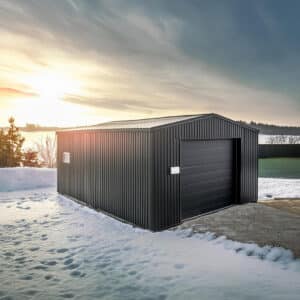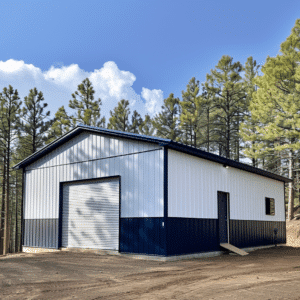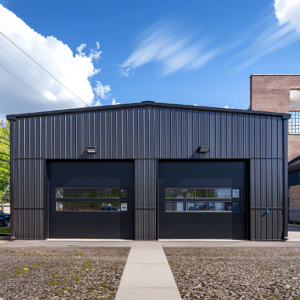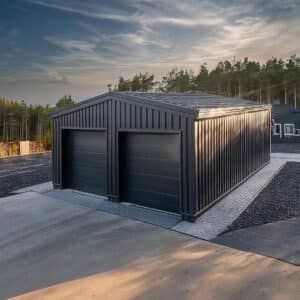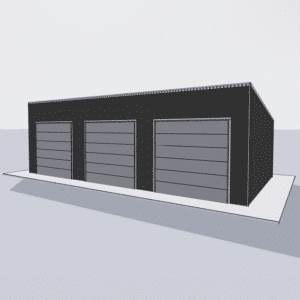Corrosion is an inevitable challenge when it comes to maintaining steel structures. Think of steel buildings as fine works of art. Just as art requires proper care to maintain its brilliance over time, so too do steel buildings necessitate meticulous attention to ward off the ravages of corrosion. Today, we’re diving deep into corrosion control measures, which are essential for maintaining steel building longevity. This is not just about keeping the building looking pristine but ensuring it stands strong and resilient against time and elements.
Understanding Corrosion in Steel Buildings
Before diving into preventive strategies, it’s crucial to understand the enemy itself—corrosion. At its core, corrosion is a natural process that deteriorates metal due to reactions with environmental elements. In steel structures, rust is the most common form of corrosion, often resulting from prolonged exposure to moisture.
But why does this matter? Steel buildings are an investment, and like any investment, protection is paramount. Effective Corrosion Control & Durability strategies can extend the lifespan of your structure, ensuring it remains a reliable shelter for years to come.
Preventive Measures: The Pillars of Corrosion Control
Just like regular medical check-ups can prevent health issues, proactive measures can protect steel buildings against corrosion.
1. Protective Coatings: The First Line of Defense
Think of coatings as an armor for your metal building. Applying paints, galvanization, or other protective coatings can shield steel from direct exposure to moisture and corrosive chemicals. These coatings act as a barrier, preventing air and moisture from reaching the metal surface.
Sealing every nook and cranny is crucial. Missed spots can be entry points for moisture. Regular inspections ensure the integrity of these coatings remains impeccable, thus upholding the building’s longevity.
2. Regular Maintenance and Inspections
Corrosion control doesn’t stop at applying protective layers. Routine checks and maintenance are just as vital. Implement a Maintenance & Longevity Guide to catch early signs of wear and tear before they escalate into significant issues.
It’s akin to tending a garden—regular pruning keeps it flourishing. By adopting systematic maintenance practices, you ensure that minor issues are addressed before they become colossal adversaries.
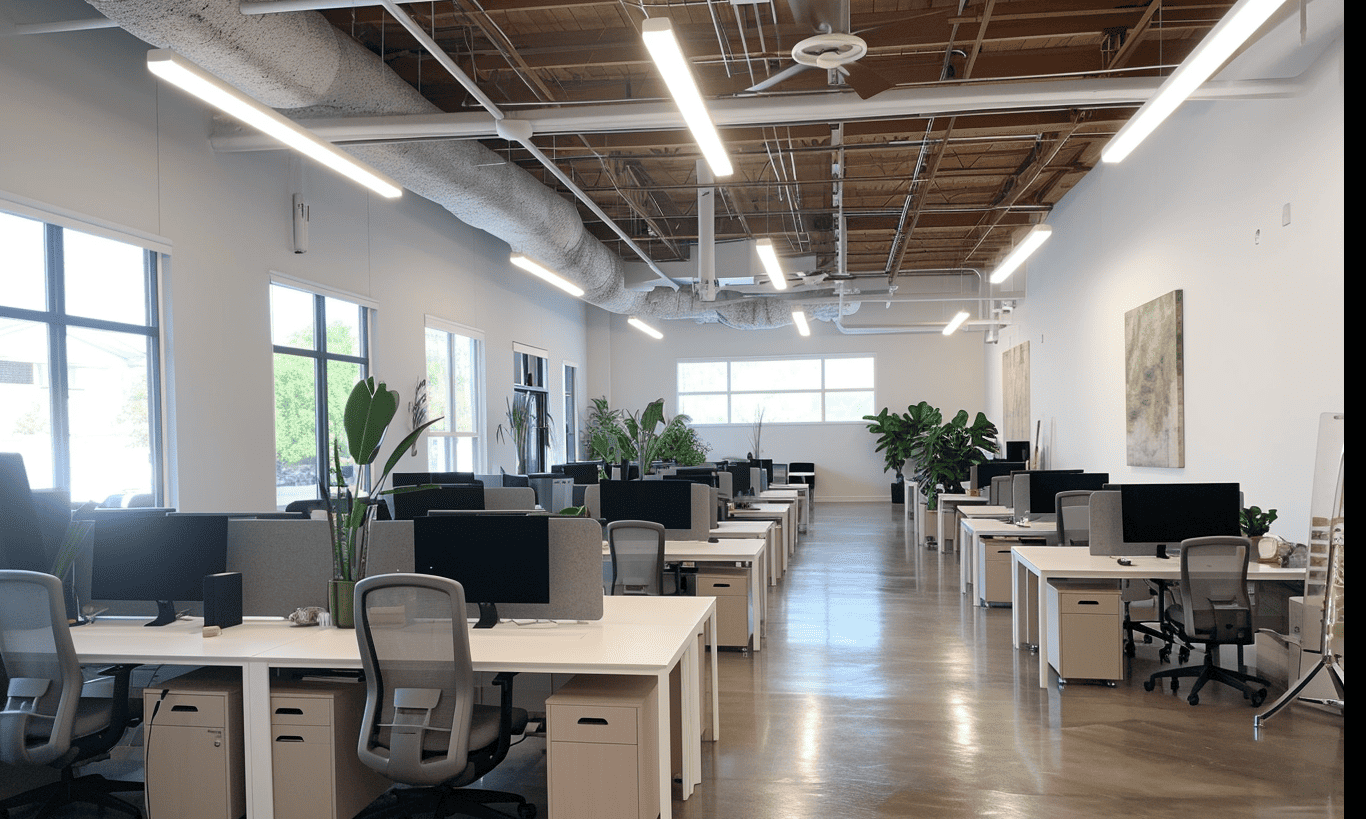
3. Design Considerations: Building for the Future
Future-proof your steel structures by emphasizing design elements that naturally resist corrosion. This involves choosing the right materials, incorporating proper drainage systems, and ensuring minimal water accumulation on surfaces.
Moreover, adhere to industry standards like the Code of Standard Practice for Steel Buildings and Bridges to ensure your building remains robust against environmental challenges.
4. Quality Materials: Beginning at the Source
Quality always outweighs quantity when it comes to materials. Ensure your steel is top-tier by choosing the right grades and suppliers. Consult resources like Material Quality Control Steel Grades Coatings and More to make informed decisions.
Quality materials are the foundation of any lasting structure, setting the stage for longevity and resilience.
The Role of Regulations and Standards
A hallmark of any sustainable construction practice is adherence to standards and regulations. Not only do they promote safety and reliability, but they also pave the way for efficient corrosion control. Familiarize yourself with the Regulations for steel structures to align your practices with industry benchmarks.
Regulations serve as a guiding compass, ensuring that builders prioritize practices that enhance durability and safety.
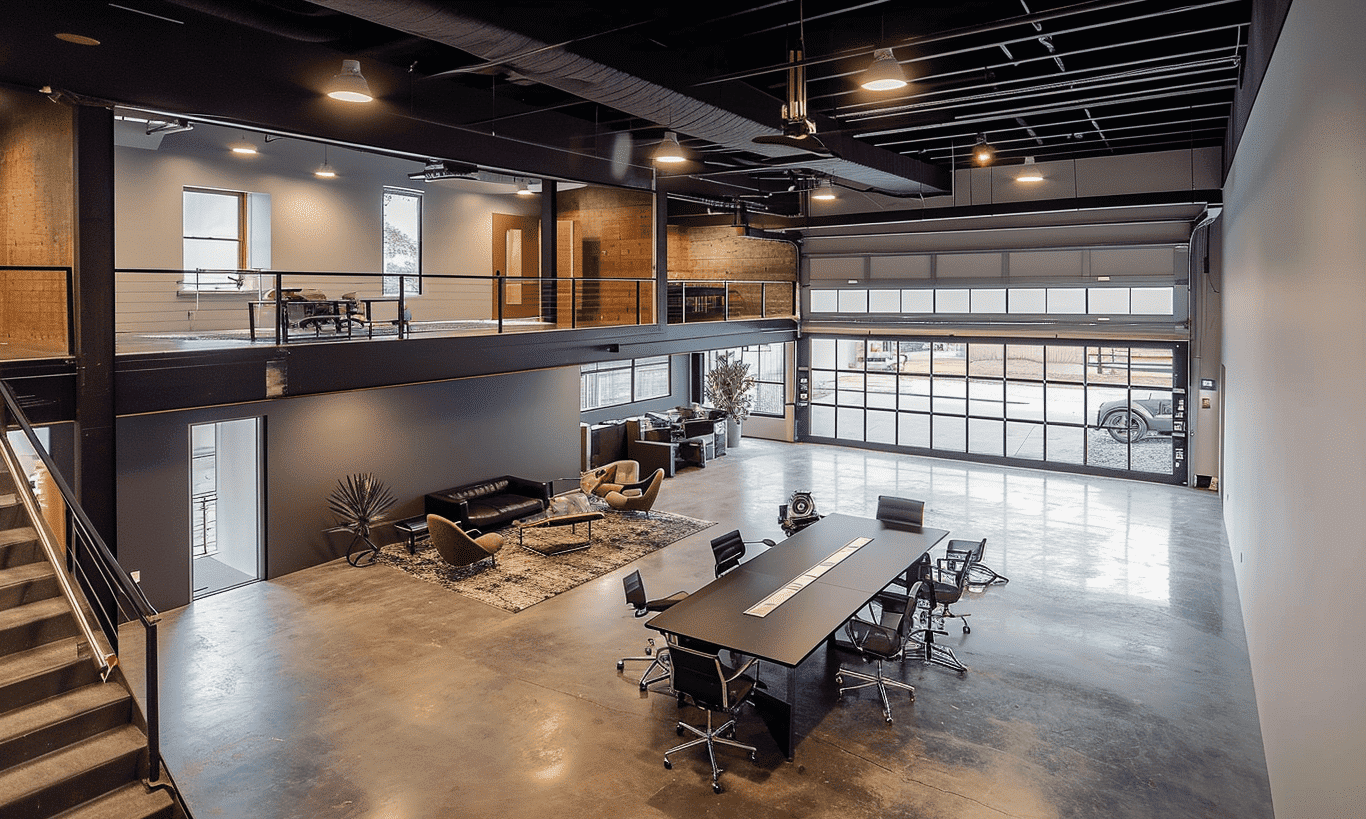
Looking Ahead: The Future of Corrosion Control
The future of corrosion control is promising, with innovations in materials and technologies offering new avenues for protection. From advanced nano-coatings to smart sensors that detect corrosion in real-time, the possibilities are expanding.
Staying abreast of these advancements can position you at the forefront of sustainable building practices. As we move forward, prioritizing corrosion control isn’t just about maintaining steel building longevity—it’s about embracing innovations that pave the way for eco-friendly and durable future infrastructures.
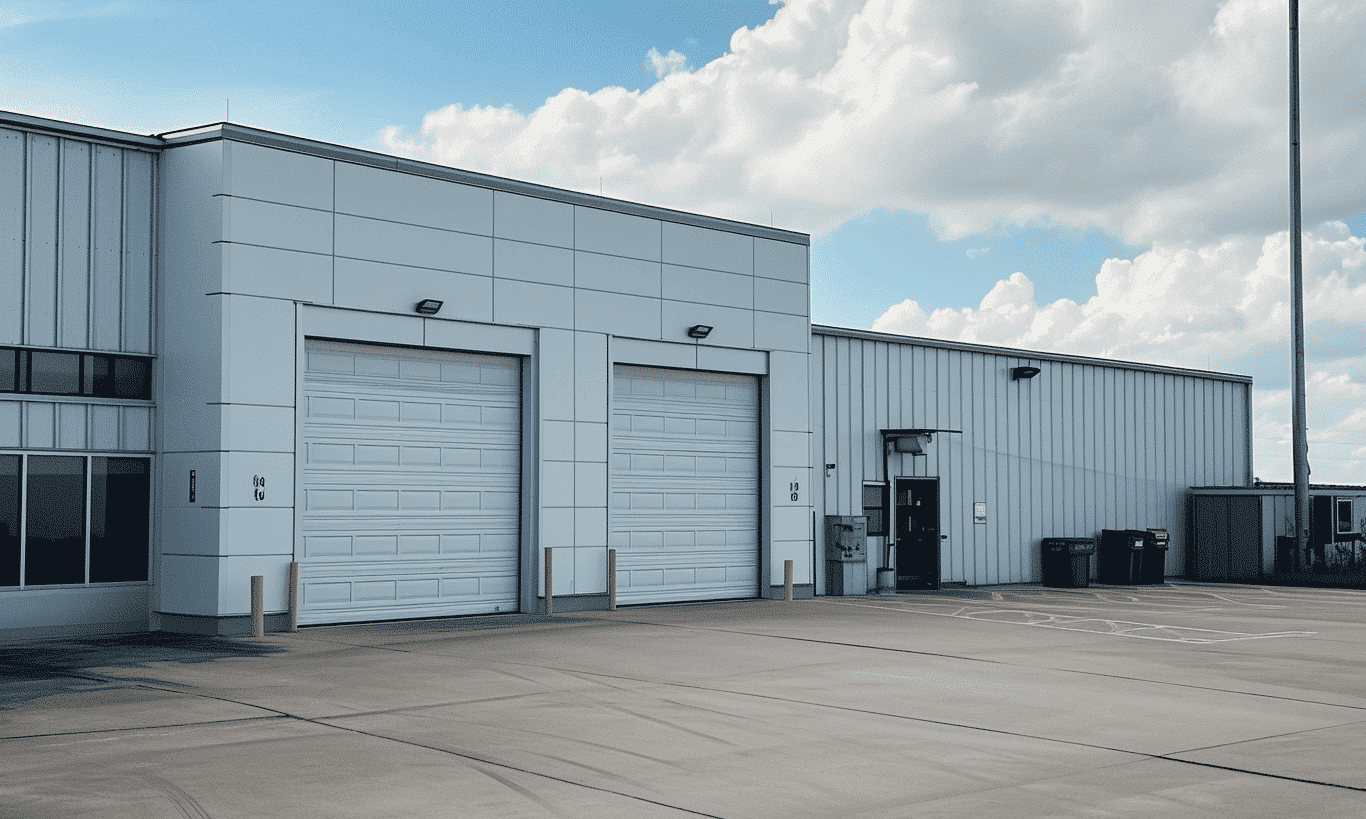
Conclusion: The Lasting Impact of Corrosion Control
In conclusion, corrosion control is the cornerstone of maintaining steel building longevity. By implementing proactive measures, committing to regular maintenance, and adhering to standards and regulations, you ensure not just the durability of the structure, but its efficiency and safety.
The conversation doesn’t end here. With continuous learning and adaptation of emerging technologies, we can tackle corrosion head-on, safeguarding our investments for generations to come.
Embark on the journey of enhancing your steel structures’ lifespan today. Ensure every bolt and beam is poised to withstand the tests of time, backed by conscientious practices and industry knowledge. The art of corrosion control is more than maintenance—it’s a legacy of enduring strength and reliability.
